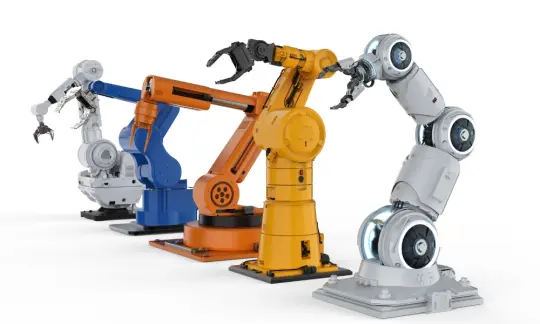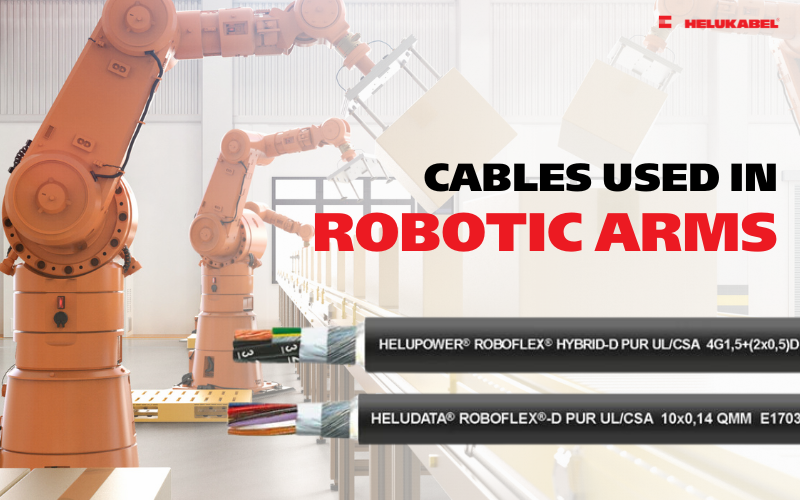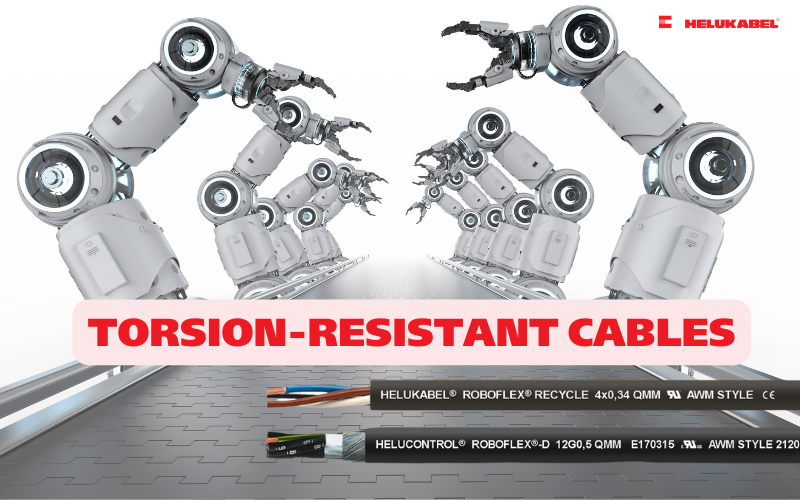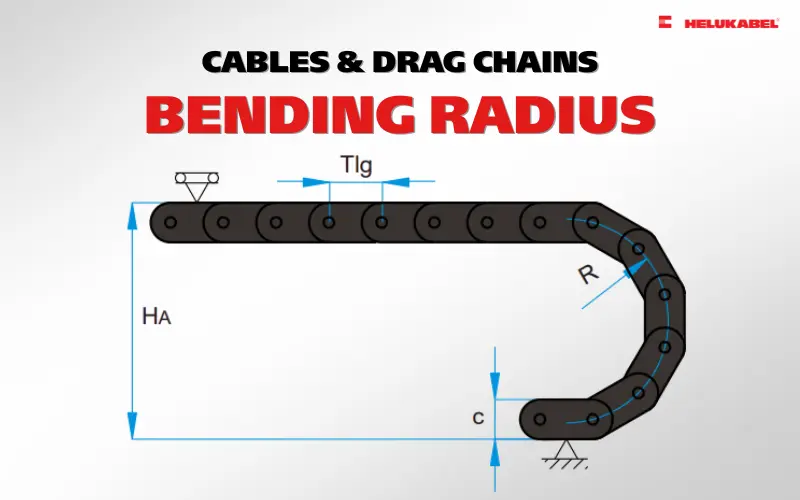How do you correctly design energy supplies for six-axis robots?
Learn how to design energy supplies and dress packs for six-axis robots - covering robot type, cable layout, installation, and maintenance tips.

The role of six-axis robots in modern manufacturing
These days, six-axis robots are more orless standard in the manufacturing industry. The six movement axes between the base, swinging bracket,and arm offer a high degree of freedom and allow a variety of sequences. However, they also place demands on the design of the dress packs and the components inside them.
Below is a guide to designing an efficient robot energy supply system, often called a dress pack.
>>See more: Robotics arms and their applications in manufacturing

The three relevant questions here are:
- What type of robot are we talking about?
- Which function should it fulfil?
- How and in which environment should the robot be installed?
5 steps to design energy supplies for six-axis robots
1. Identify the robot type
Before selecting any cables or hoses, define which kind of six-axis robot you are working with:
- Long-arm robots – extended reach for large work envelopes.
- Short-arm robots – compact design for tight spaces.
- Heavy-duty robots – capable of carrying high payloads.
The robot’s arm length and structure directly affect the size and routing of the energy supply.
2. Choose the right dress-pack layout
Most manufacturers avoid running a single cable pack all the way to the sixth axis. Instead, they use two dress packs with an interface on the second or third axis. Because most motion occurs between axes three and six, this setup reduces wear and lowers maintenance costs, allowing the high-stress section to be replaced independently.
3. Match the energy supply to the robot’s function
- Pick-and-place robots usually need only power and compressed air.
- Welding robots require a more complex bundle: air supply, water cooling lines, and welding-current cables.
Start with essential connections only. It’s more cost-effective to upgrade later than to install a fully equipped but unused dress pack.
4. Plan for the installation environment
The production cell, neighboring robots, and potential interfering contours all influence cable routing. Simulation of the robot’s movements before installation helps determine the optimal assembly configuration.
5. Fine-Tune on Site for Maximum Service Life
For a smooth start-up, providers such as Robotec-Systems perform on-site commissioning:
- Final software adjustments
- Precise positioning of the energy supply
- Verification of long-term durability under real operating conditions



